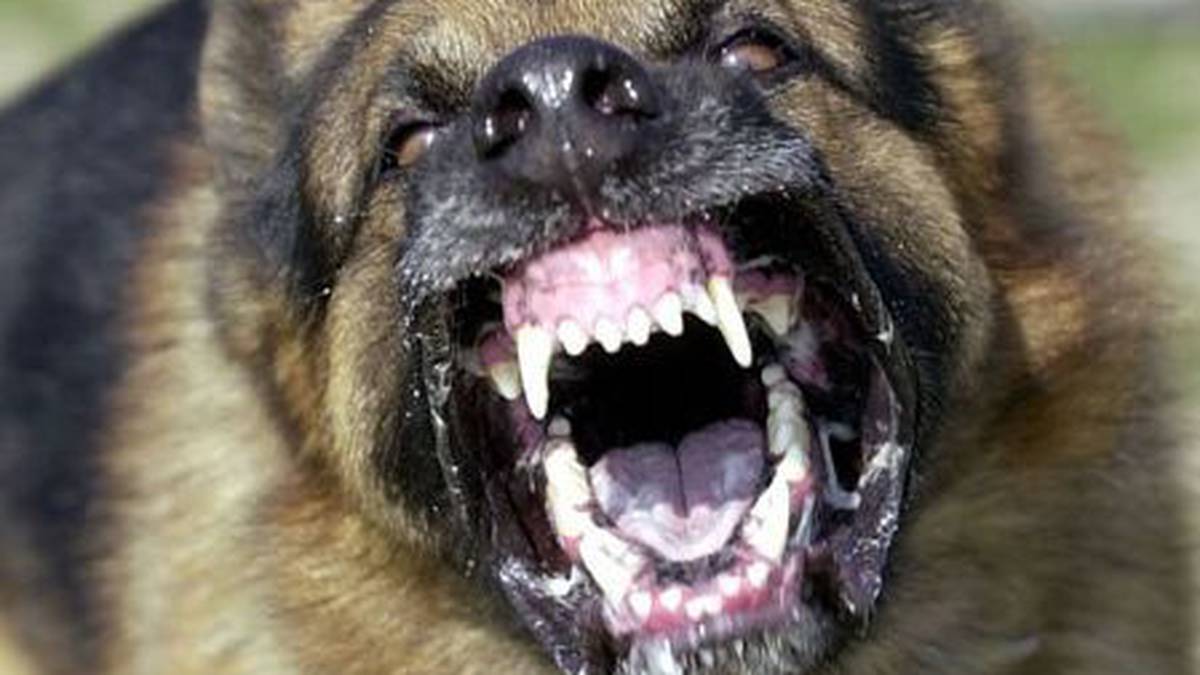The victim of a “terrifying” dog attack in Hastings says the incident would been much worse had it happened to a child or older person.
But he says it’s not the dog that is to blame – but animal owners.
Dean Kirdy was walking down Frederick St in Hastings in early March when a roaming dog attacked suddenly.
“It came out of nowhere.
“I’m just glad it was me and not a kid or an older person.”
While the attack only lasted a few seconds, Kirdy described it as a “terrifying experience”.
He managed to get away by using the door of his nearby parked car to pry the dog off him.
A trip to the emergency department confirmed there was “no lasting damage” other than a few scrapes and bruises and a healthy respect for the power of a dog in attack mode.
Kirdy believes the dog may have been a fighting dog as its teeth were blunted, preventing it from penetrating the skin.
“I don’t believe it’s the dog’s fault. It’s the way they are trained and brought up.
“The dogs get euthanised and the owners get away with practically nothing.
“It’s really not fair.”
Across Hawke’s Bay there have been 1125 dog attacks reported to council the past three years – that’s an average of 375 each year.
With an average of 12,838 dogs registered with the council, the highest number in the region, Hastings District Council also had the highest number of attacks.
Between 2018 and February this year, 506 incidents were reported to the council, most of which related to attacks on other animals as opposed to people.
HDC regulatory solutions manager John Payne noted there was a spate of dog attacks on livestock across the district between 2019 and 2020. In many cases the offending dogs were caught, he said.
He emphasised the type, size or training of the dog didn’t matter and it was up to dog owners to keep their animals under proper control and ensure they didn’t worry stock.
“Dog owners are mistaken if they think their pet dog wouldn’t kill livestock, regardless of what breed it is, how well it is fed or how well it has been socialised with livestock or trained.
“Just because your dog is sitting on the porch in the morning doesn’t mean it has been there all night, odds are it hasn’t.”
Napier City Council recorded the highest average of attacks in relation to the number of dogs registered with the council, with an average of 155 attacks per year compared to 7986 dogs.
Over the past three years, 465 attacks have been reported.
A spokesperson for the council said while the data didn’t suggest a strong decrease or increase in the number of attacks, the council was concerned about the number of aggressive dogs and dog attacks.
“Our Animal Control team work very hard to respond to all incidents.
“Ultimately it is dog owners who need to act responsibly.”
Wairoa District Council interim chief executive Kitea Tipuna attributed the recent decrease in reported dog attacks to a range of “interventions”.
A total of 90 attacks were reported over the three-year period since February 2018, with a 26.3 per cent decrease between February 2019 and February 2021.
Tipuna said interventions included education, proactively identifying and classifying dogs as menacing or dangerous, imposing necessary restrictions, and neutering dogs to reduce aggression.
He said it was up to dog owners to be responsible by registering dogs, keeping them contained on their sites and keeping them on a lead when walking them.
Central Hawke’s Bay District Council recorded 64 attacks over the three-year period.
Source: Read Full Article

/cloudfront-ap-southeast-2.images.arcpublishing.com/nzme/DTE5SA6J6R56T3HLTFA37MCVPQ.jpg)




